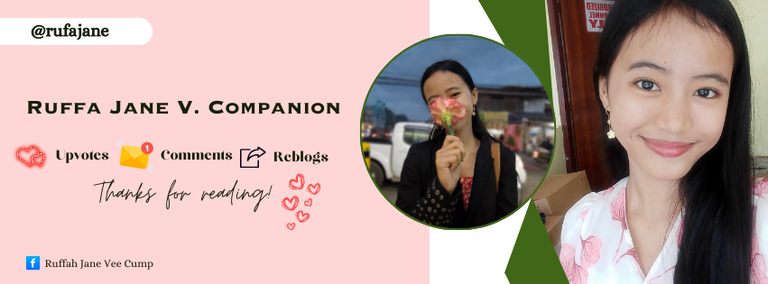Rurouni Kenshin: Kyoto Inferno (2014)
From my previous blog, we talked about how did Kenshin Himura became the wanted "Battosai the Killer". And now, we're going to talk about the continuation of this movie.
From my previous blog, we talked about...
the final years of the Bakumatsu era, where the streets of Kyoto run red with blood. Amid the chaos stands Himura Kenshin, the feared assassin known as the Hitokiri Battōsai, slicing through enemy forces with effortless precision. He kills in the name of the new era but even then, you can already see it: Kenshin’s eyes are not filled with glory. They’re filled with exhaustion, guilt, and a longing for something quieter than war.
So when the revolution ends, Kenshin does something no one expected: he abandons his sword… at least, the killing one.
He disappears into the new Meiji era as a wanderer, carrying a sakabatō (a reverse-blade sword) made so he can fight without killing.
He vows never to take another life again.
Entering Tokyo – A New Life Begins (The Plot)
In the early years of the Meiji era, peace is fragile as Japan tries to recover from the violent revolution that ended the age of the samurai. But a new threat rises from the shadows: Makoto Shishio (Tatsuya Fujiwara), the assassin who succeeded Kenshin Himura during the Bakumatsu. After the government betrayed him, burned him alive, and left him for dead to erase his existence, Shishio survives... now his entire body wrapped in bandages... and begins gathering a ruthless army to overthrow the very government that tried to silence him. Believing that only power should rule, he plans to plunge Japan into chaos and rebuild it under his own brutal vision.
Meanwhile, Kenshin is living peacefully at Kaoru Kamiya’s (Emi Takei) dojo alongside Yahiko (Kaito Ōyagi) and Sanosuke (Munetaka Aoki), embracing his new life as a wanderer who swore never to kill again. But their quiet routine changes when Ōkubo Toshimichi (Miyazawa Kazufumi), a high-ranking government official, personally seeks Kenshin’s help. He warns that the man who inherited Kenshin’s former role as "hitokiri" now intends to burn Japan from within. At first, Kenshin refuses, unwilling to be a government weapon again, but when the gravity of Shishio’s actions becomes undeniable, he decides he can’t ignore the threat. Now he leaves the dojo, promising Kaoru he will return.
While traveling toward Kyoto, Kenshin meets Misao Makimachi (Tao Tsuchiya), a lively kunoichi who quickly becomes attached to him. She brings him to the headquarters of the Oniwabanshu at the Aoi-ya Inn, where he gains new allies. Kenshin also discovers that Ōkubo has been assassinated and killed by Shishio’s men on the very day he sought Kenshin’s help, confirming that Shishio has already begun destabilizing the government. The violence escalates across towns and villages as Shishio’s army burns homes and kills officials with ruthless efficiency. Among Shishio’s forces are Sōjirō Seta (Ryunosuke Kamiki), the unnervingly calm swordsman with incredible speed, and Aoshi Shinomori (Yusuke Iseya), the former Oniwabanshu leader now obsessed with defeating Kenshin, believing it will restore his pride.
Kenshin attempts to confront Shishio, but Sōjirō intercepts him, resulting in a fierce duel. Sōjirō’s speed and emotionless demeanor overwhelm Kenshin (which what I love about his role), ending with Kenshin’s reverse-blade sword shattered, symbolically breaking his vow and resolve. Kenshin escapes with his life and is taken by Misao to a secluded village, where he meets the son of swordsmith Shakku (Tatsuya Nakamura), who reforges his sakabatō into a stronger weapon. Meanwhile, Kaoru, restless and worried, travels to Kyoto to find Kenshin, unknowingly walking into danger.
Back in Kyoto, Aoshi arrives at the Aoi-ya seeking Kenshin, attacking the Oniwabanshu and defeating them with ease. When Kenshin arrives, Aoshi demands a duel to prove his strength, but Kenshin refuses to kill. Their clash ends unresolved, leaving Aoshi bitter and more determined than ever. As this happened, Shishio executes the next phase of his plan: abandoning Kyoto entirely and preparing to attack Tokyo, the heart of the Meiji government. He boards his ironclad battleship, the Rengoku, intending to ignite a nationwide rebellion. Kenshin and his allies rush toward the coast to stop him.
Kenshin reaches a coastal village as Shishio’s men launch a brutal assault to force the government’s attention. Kenshin fights desperately to save civilians, but in the chaos, Kaoru is captured by Sōjirō and taken aboard the Rengoku. In a moment meant to break Kenshin’s spirit, Shishio holds Kaoru over the edge of the ship and lets her fall into the sea. Kenshin dives after her, but a massive explosion from the burning battleship knocks him unconscious. As Kaoru floats motionless on the water, Kenshin washes ashore and is discovered by a mysterious man, that turns out his master years have passed, Hiko Seijūrō (Masaharu Fukuyama). The government, unaware of his survival, assumes Kenshin is dead, while Shishio advances his rebellion with renewed fury. And this part is the end of the film.. It ends in crisis, setting the stage for the final confrontation in Rurouni Kenshin: The Legend Ends (we'll talk about this in my next blog).
So the real question is, now that Kenshin lies unconscious and assumed dead while Kaoru drifts somewhere in the vast ocean, how can a broken wanderer rise again to face a monster like Shishio who is already preparing to burn Japan to the ground?








Congratulations @rufajane!
You raised your level and are now a Minnow!
Thank you so much @hivebuzz
Congratulations on becoming a Minnow @rufajane 🎉🎉🎉
Thank you so much @arcange
Thank you so much
muy interesante buen post
Thank you so much, @yasmarit.